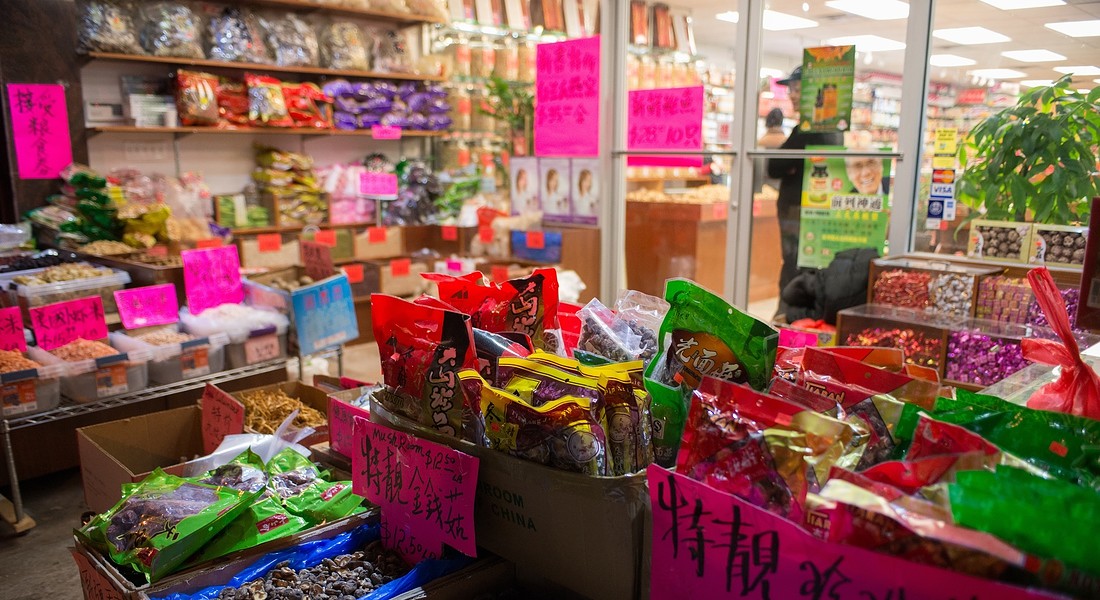A historic ice cream shop, a souvenir store, a neighborhood grocery: just a few steps through New York’s Chinatown are enough to tell the global story of a trade policy’s impact.
The U.S. tariffs on Chinese goods reaching a staggering 145% are leaving a deep mark on Asian communities in major American cities, from Philadelphia to Honolulu. Everyday items, food, utensils, and packaging materials have become increasingly expensive, putting the economic balance of hundreds of small business owners at risk.
Speaking to this mounting pressure are several family-run store owners in the heart of Manhattan’s Chinatown. Despite efforts to keep original prices low, they face daily challenges from the surge in costs. Even when key products are locally sourced, accessories often are not. For example, while ice cream cups are manufactured in California, they are printed in Taiwan, and so, affected by the ripple effect of tariffs across the entire supply chain.
Utensils, dessert boxes, and a wide range of other goods are also subject to price hikes. Suppliers are trying to keep costs down, but increases are inevitable and ultimately fall on the shoulders of shop owners. Mindful of the longstanding relationships they’ve built with distributors, many business owners try to strike a balance, accepting some of the added costs to avoid jeopardizing their supply chains and at the same time showing solidarity with their communities, rather than imposing steep price increases..
The trade war launched under the Trump administration hit China particularly hard, maintaining steep tariffs for Beijing while easing them for other countries. Many Chinese-American entrepreneurs view this strategy as disproportionately targeting Asian communities. In many cases, prices for imported goods have already risen by as much as 30%. Some business owners have begun adjusting their pricing, though not yet fully passing on the cost hikes, in hopes of not discouraging loyal customers.
The streets of America’s Chinatowns remain lively with lights, aromas, and traditions, but behind this vibrant façade lies a quiet crisis. Many hope the trade dispute will end soon, before it threatens the cohesion and vitality of historic neighborhoods that have long served as bridges between cultures.












